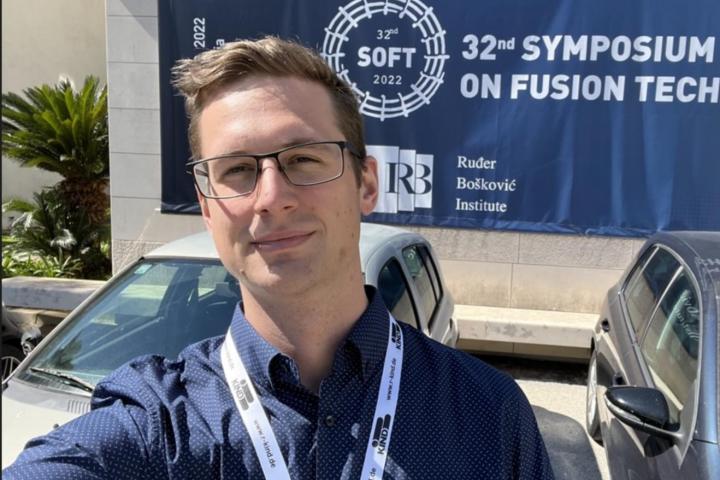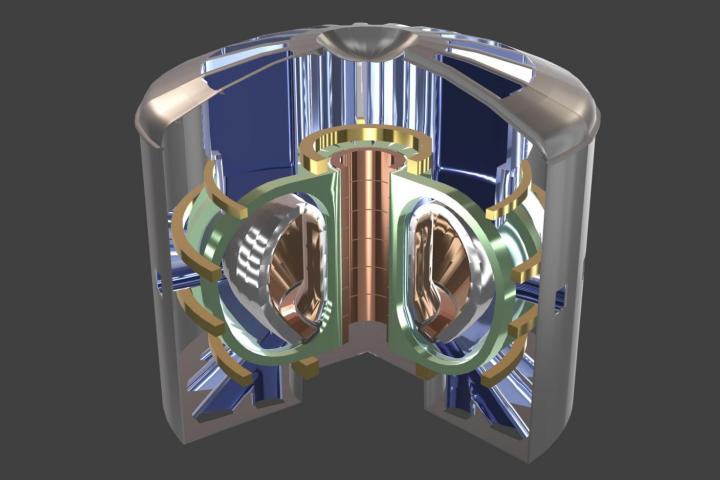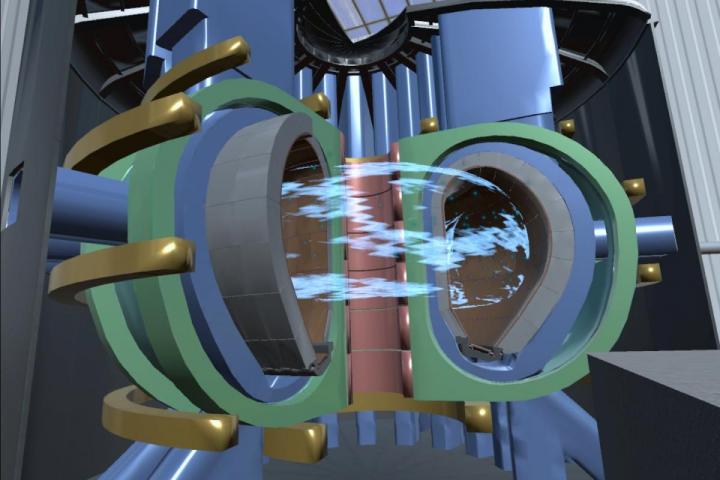
The state and projected development of the European energy sector requires radical solutions. Can fusion reactors offer sufficient production of cheap energy in the foreseeable future?
Fusion reactors are a long-term energy solution, not a 20-year solution. They have the potential to offer low-emission energy with negligible fuel costs, such as hydrogen, which, unlike fossil fuels, is equally available to all. One of the other main advantages is that fusion fuel is inexhaustible in terms of the duration of human civilisation on Earth. The price of fusion energy will depend mainly on the cost of building a fusion power plant, which may be high in the first generation of fusion plants, but has the potential to fall as the technology for producing the individual components develops and to compete with even the cheapest energy sources in subsequent generations. In the foreseeable future, an appropriate energy mix of existing sources with a significant share of fission chain reaction based nuclear units can offer sufficient production of cheap and low emission energy.
The idea of using nuclear fusion in the power sector is about 70 years old and the first fusion reactor is expected to be operational in 2050. Is this a realistic date?
Fusion reactors are already in operation today. The main question is when a state will be reached where the fusion plant as a whole delivers more energy than it consumes. If we want to estimate the date of the first power tokamaks, we need to monitor the situation and the development of the ITER project on an ongoing basis. Following ITER, the first demonstration fusion power plant, DEMO, will be built. It is the DEMO tokamak that is the model for our virtual reality model Fusion.
Our Academy of Sciences (CAS) and several universities are involved in the previous ITER project in France. How is Faculty of Mechanical Engineering (FS) involved?
The faculty is involved as an external workplace of the Sustainable Energy Programme of the AV21 Strategy project and participates in the tasks of the Advanced Technologies for Nuclear Fusion theme, which is addressed by the Institute of Plasma Physics of the CAS. There is an ongoing collaboration between the FS Institute of Energy and the Institute of Plasma Physics of the CAS, which puts us students in contact with experts directly involved in ITER and DEMO. At our institute, we deal with issues related to heat transfer in fusion reactors and thermal cycles of fusion power plants. We work with the parameters of ITER tokamaks and the planned DEMO and publish our results at fusion conferences and in fusion impact journals. In this way we contribute to the development of fusion power plants.
You will participate in the creation of a virtual model of the Fúzelín fusion reactor. Is this project related to the existing virtual fusion reactor Cenelín, which is used at Faculty of Mechanical Engineering as a teaching and popularization project for students and the wider public?
The idea of creating a tokamak in virtual reality was born in my head almost immediately after the first step into the virtual VVER 1000 Cenelín reactor. Since Cenelin is a project of colleagues at our institute and I have access to all the source documents for the VR application, the initial idea was simple: I would simply replace the existing 3D models, change the name of the application and the component descriptions and be "done". The opposite became true and Fúzelin was created from scratch as a new standalone project. This was partly due to the release of a new version of the Godot software game engine in which we work. Partly it also resulted from the difference between the two projects. Cenelin's priority is technical accuracy, describing a specific reactor and its primary circuit components. Fuselín shows the conceptual design and basic principles of tokamak operation. In creating Fúzelin, we follow the component designs from actual scientific articles, but have some degrees of freedom to prioritize illustrative representation of tokamak operation.
Are students or scientists from other faculties of CTU also involved in the Fúzelín project?
No. Fúzelín is a project of students of the Faculty of Mechanical Engineering, however, we are happy to accept interested students from other faculties into the team. Knowledge of the Blender modeling program is particularly welcome. In addition, we would like to find a student of plasma physics who would come up with ideas on how to illustrate and popularize these very complicated physical phenomena.
Was the virtual model FUZELÍN created to visualize the structural and operational parameters of the DEMO tokamak - for teaching or mainly for popularization of nuclear fusion?
We have the actual designs of the DEMO tokamak components. However, these are only the outputs of individual scientific projects, they are not a complete design of the whole device. The final and complete design of the DEMO tokamak parameters is not available at this time. Our priority is popularization. I believe in the potential of using interactive elements in virtual reality that can bring closer some of the physical phenomena taking place in the tokamak. However, not everyone has access to virtual reality goggles, so we are also experimenting with a simplified version of the tokamak that anyone can view directly on our website cenelin.org . Since students at our faculty have the opportunity to encounter fusion teaching only in their master's studies, the teaching focuses on basic knowledge. Therefore, the Fuselin is a good tool to familiarize students with the operation of the tokamak also in the context of regular teaching.
The first version of the app is ready and you are now continuing development. When will you make Fúzelin ready for presentation to university and high school students and other professional public?
We have published the first version as of January 2023, but the project is in its early stages. At the moment, the model features basic components of the tokamak, for the next version we are working on, for example, adding plasma heating systems or the possibility to control the operation of the tokamak with your own hands. We are also currently working on a suitable way to describe the individual components directly in VR. The voluminous amount of information about the operation of nuclear fusion must be put into the model in such a way that it is easily accessible to the interested user but does not distract.
My PhD colleague and I are presenting the existing Cenelín project in secondary schools together with a popularization lecture on nuclear energy. These presentations introduce high school students to the basic operation of nuclear reactors, while also teaching us how to best engage these students and get them interested in the topic. This feedback is very important to us, and it is possible that at the end of the development process, Fúzelin will exist in two versions: one targeted at university students and professionals, and a second "light" version aimed at popularization, in which more emphasis will be placed on virtual reality gaming elements. The project is scheduled for completion later this year. If a new idea comes up that could be incorporated into the model, we will certainly continue to update it and the latest version will always be available for free on our website.
How much can Fúzelin contribute to the training of highly qualified engineers who will push nuclear power to the next level? Will their training be complemented at other research and operational facilities?
Every engineer had to first decide to pursue technology and study, for example, energy engineering at CTU. Fúzelín aims to motivate secondary school students to study technology and subsequently also to bring students of Faculty of Mechanical Engineering to study nuclear energy. Of course, students who apply for our Master's degree in Nuclear Power Facilities have the opportunity to see real nuclear facilities and meet "nuclear experts" in person, an experience that goes beyond any virtual reality. After graduation, they can then, as top engineers, contribute to significant advances in the energy sector.
-lak-
Contact:
Ing. Vojtěch Smolík – PhD student from U12115, Institute of Energy Engineering, Facutly of Mechanical Engineerng, CTU in Prague. Email: vojtech.smolik@fs.cvut.cz


